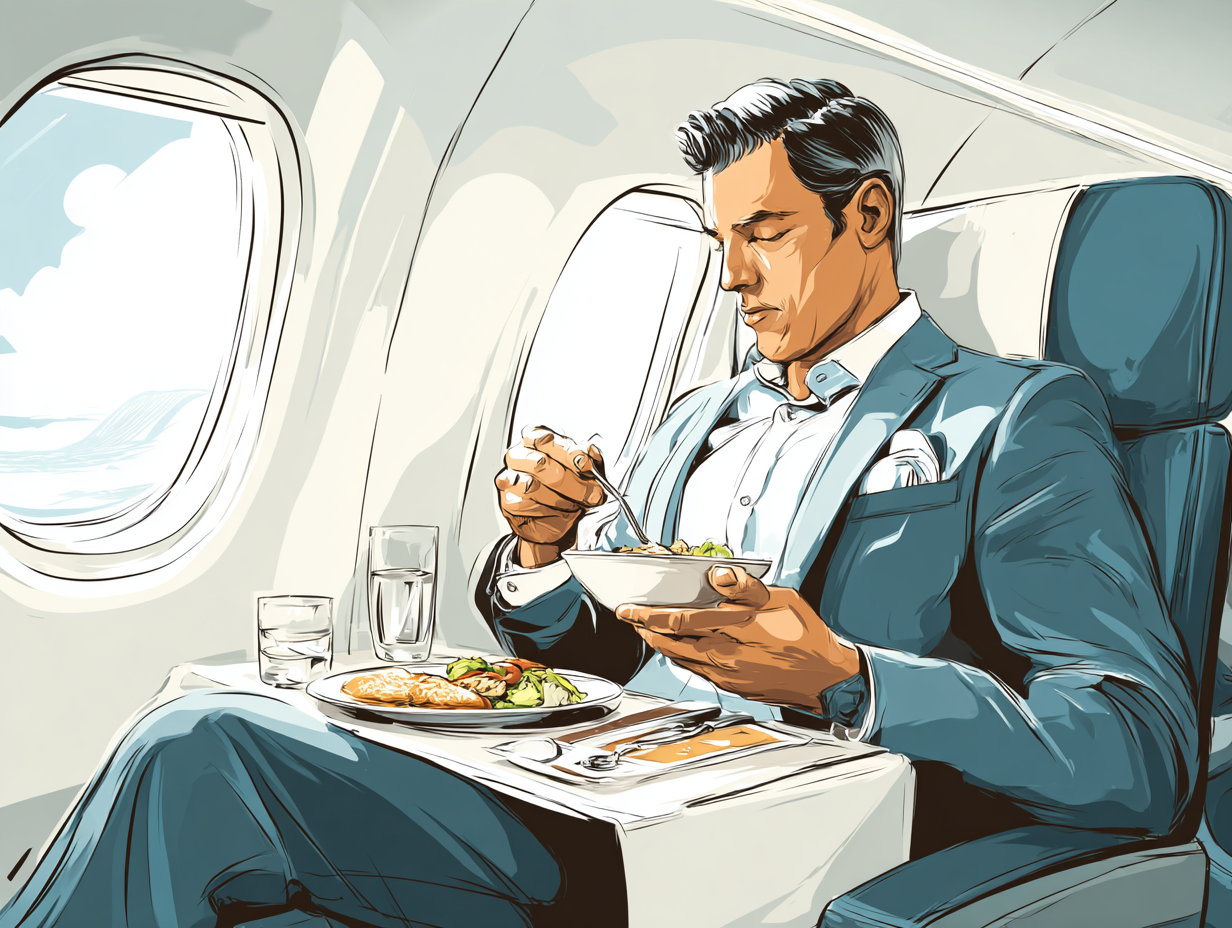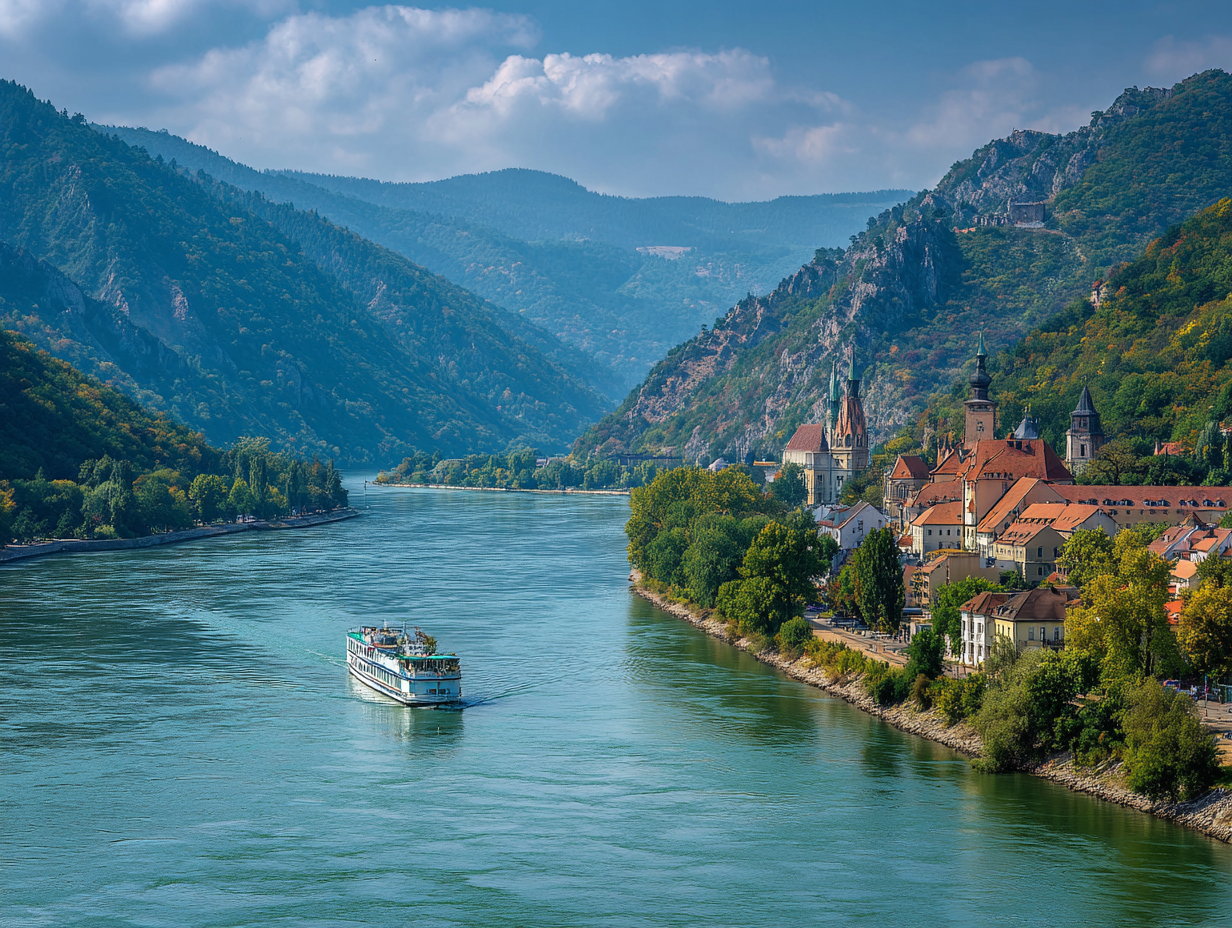Canada’s biggest city is a great choice for kids of all ages — and the parents will have fun, too.
Finally ready to take that family vacation? With new exhibits that invite kids to explore the country’s history — plus classic Toronto outings that parents can enjoy — Canada’s biggest city is ready to welcome the whole clan. Here’s how to plan the perfect trip for kids of all ages.
For Younger Children
Little Canada, which opened in August 2021, features miniature models of Canadian cities, like the European-style buildings and cobblestoned streets of Old Quebec, and landscapes, like the towering Rocky Mountains. With moving cars, trains, and boats, thousands of LED lights, and mini people “walking” the streets, the installation brings the country’s attractions to life. Your child can even become a part of these little settings, thanks to an on-site scanner that prints tiny 3-D versions of visitors.
At Black Creek Pioneer Village, costumed interpreters demonstrate what life was like in the 1860s. Kids can try out a musical instrument, work alongside a tinsmith, or take in a collection of more than 2,000-period toys.
For Teens and Tweens
The EdgeWalk lets kids aged 13 and older circumnavigate the famous CN Tower, walking along an outdoor platform 116 stories above the ground (don’t worry, harnesses and safety gear are provided).
Fashion-forward teens looking for activities closer to the ground will love the Queen Street West neighborhood, with its vintage-fashion shops and quirky cafés. They’ll also be steps from the MuchMusic building, the former studio of the iconic Canadian TV channel, which, like MTV, launched the careers of many famous VJs. Stroll by and tell the kids about the good old days of waiting to actually buy an album on CD.
For Kids of All Ages
Take the whole family to the Bentway, a year-round trail and outdoor event space under the Gardiner Expressway, just steps from Lake Ontario. Check the website for seasonal offerings, which range from an ice-skating track in the winter to a roller-skating rink in the summer.
When the kids have worked up an appetite, head to Kensington Market to sample foods from around the world, including Swedish coffee, Baja-style tacos, and Jamaican patties.



